Serving its customers for more than 30 years, Banco Bolivariano is one of the most important banks in Ecuador. Its new branch office at Guayaquil is not only at the forefront of new urban projects, but its sustainable design also highlights that the bank treats the environment as importantly as it treats its customers.
In 2010 a project commenced that resulted in a modern and sustainable bank building that optimizes natural resources and minimizes environmental impact. Much of this light optimization can be put down to the use of DuPont™ SentryGlas® in the laminated architectural glass panels used for the building's façade.
The Architect in charge of the project was Rodolfo Rendón, former Minister of Environment for Ecuador and current President of the Ecuadorian Sustainable Building Council (CEES). Rendón is widely acknowledge for his green building designs.
.jpg)
The design of the building and its façade reduces solar energy gain, which precludes excessive use of air conditioning, while SentryGlas® improved the natural lighting, removing the need to turn the lights on inside the building.
Estructuras de Aluminio S.A. Estrusa with broad experience in structures, responsible for the design and implementation together with Fairis, supplier of laminated glass, tempered and insulated, were the responsible companies for creating the large-area glass façade and part of the roof of the branch office. The challenge was to keep the inside cool even with an average annual outdoor temperature between 20 and 27°C.
It was decided to use a solution based on laminated insulating glass with DuPont™ SentryGlas®, a high-strength interlayer that allows architects to create safer railings, windows, floors and even hurricane-resistant façades. The idea was to have most of the building covered in glass with open spaces, while minimizing energy use.
The design of the building and its façade means that 63% of the solar energy does not go into this glass void, which subsequently precludes excessive use of electricity for air conditioning. Furthermore, SentryGlas® improved the natural lighting, with 33% of sunlight providing sufficient clarity, without the need to turn the lights on inside the building.
Many construction glass and setting alternatives were analyzed to determine the best solution that would help make the vision of the architect a reality… without being fettered by compliance to demanding global standards. SentryGlas® was chosen by the customer due to its strength and the possibilities it offered to create larger glass surfaces.
Once placed on the facade and roof of the building, the customer also decided to use SentryGlas® glass on a walkway that forms the entrance to the building, with the cooperation of Alcristal. For this, Fairis used three tempered glass panels and 1.52mm SentryGlas® interlayers. The 14m entrance way offers exceptional performance figures in terms of light weight and safety.
The post-breakage performance of SentryGlas® offers the safety levels required to prevent people from falling from the runway in case of glass breakage, with the use of bigger panels that resist weight (1,80m x 1m).
The SentryGlas® layer used in this process is one hundred times more rigid than conventional materials for lamination. With this kind of strength, glass can be a more active structural element. SentryGlas® also improves long-term climate resistance, and is much less vulnerable to moisture exposure or yellowing over time.
.jpg)
Main benefits of SentryGlas®:
• Safety: In the event of breakage, glass fragments remain firmly bonded to the interlayer, reducing the chance for injury.
• Security: SentryGlas® can be used in glazing that withstands bullets, hurricane-force winds and even bomb blasts.
• Solar energy control: SentryGlas® can be used with coated low-E glass for improved energy efficiency. It can also help engineer more effective thermally insulated glass, and glass with better controlled (or allowed) transmittance of UV radiation.
• Durability: SentryGlas® is extremely durable and resistant to clouding, even after years of exposure.
• Design versatility: SentryGlas® can be used in glass manufactured flat or curved, including annealed, toughened, heat-strengthened, spandrel, wired, patterned and color tinted glass.
.jpg)
SentryGlas® glass was also used on a 14m walkway that forms the entrance to the building. The walkway comprises three tempered glass panels with 1.52mm SentryGlas® interlayers.
.jpg)
Pictures: Fairis
REGIONAL CONTA CT CENTERS FOR DUPONT™ SENTRYGLAS®
DuPont Glass Laminating Solutions
Wilmington, Delaware U.S.A.
Telephone +1 302 774 1161
Toll-free (USA) 800 438 7225
Fax +1 302 892 7390
DuPont do Brasil, S.A.
Barueri, Sao Paulo Brasil
Telephone +55 11 4166 8542
Fax +55 11 4166 8720
DuPont China Holding Co., Ltd.
Pudong New District, Shanghai
Telephone +86 21 3862 2888
Fax +86 21 3862 2889
DuPont de Nemours Int’l. S.A.
Geneva, Switzerland
Telephone +41 22 717 51 11
Fax +41 22 717 55 00

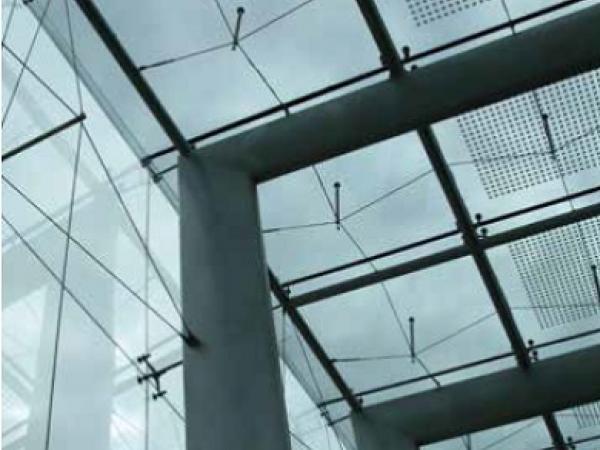


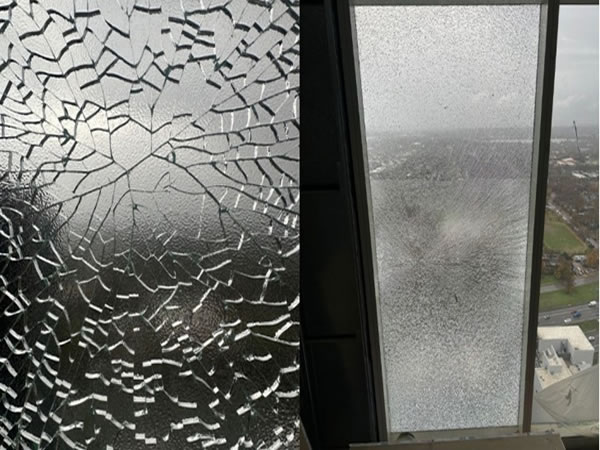






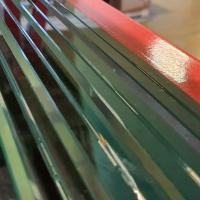
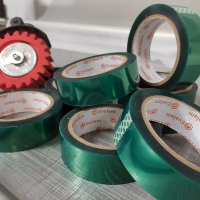

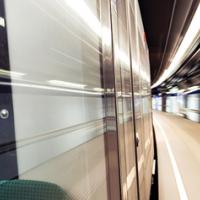
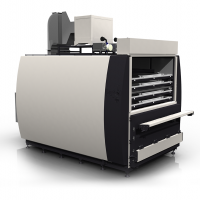

Comments
Numerous options for building glass and setting were examined in order to identify the finest one that would enable the architect's vision to be realized.